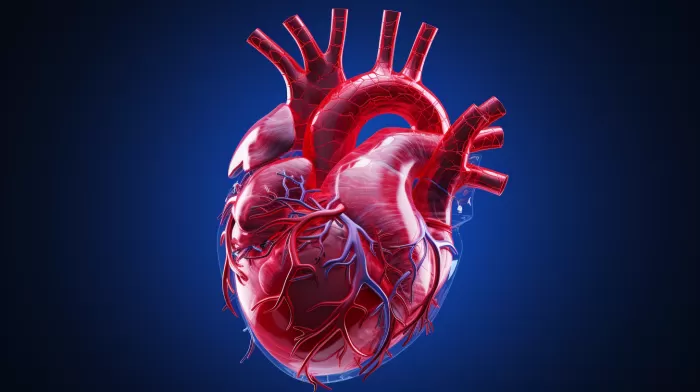Life throws curveballs at us all the time, and our bodies often respond by adjusting, adapting, and compensating. Your heart is no exception. When faced with a blocked artery, your heart can assemble a backup team to get the job done. Enter collateral circulation: the heart’s ingenious way of creating alternate pathways to maintain proper blood flow and avoid distress.
The Miracle of Collateral Circulation
While it may be a lesser-known phenomenon, collateral circulation is something that every heart patient should be aware of. The process occurs when the heart faces a blood flow disruption, such as a blocked or closed-off artery. In order to continue supplying your body with oxygen and nutrients, your heart will begin developing alternative routes, known as collateral arteries, to re-establish blood flow.
These collateral arteries are your body’s natural defense mechanism, diligently working to restore blood supply around a blocked artery – often without you even knowing. In fact, the collateral arteries are so effective that the body is unable to tell the difference between them and the original artery, making it possible for complete recovery.
Giving Your Heart Time to Heal
In the aftermath of a heart attack or other symptoms, your heart undergoes a crucial window of healing. During this time, the process of collateral circulation begins. By giving your body adequate time to heal and for the natural process of developing new blood pathways to take place, there is a chance that open-heart bypass surgery may not be necessary.
However, this decision should not be taken lightly, and a discussion with your healthcare providers is essential in determining the best course of action for your individual health needs. A thorough evaluation of the severity of your condition, as well as your overall health, will help to determine whether allowing time for collateral circulation to establish itself is a suitable option for you.
Strengthening Your Heart’s Collateral Circulation
Although the development of collateral arteries is a natural process, there are measures you can take to encourage and strengthen these alternate blood pathways:
- Diet and Nutrition: Maintaining a healthy diet is key to overall heart health. Incorporating foods rich in omega-3 fatty acids, whole grains, and antioxidants can help support optimal blood flow.
-
Exercise: Physical activity is essential for a healthy heart. Regular cardiovascular exercise, such as walking, swimming, or cycling, not only strengthens your heart muscle but also encourages the development of new blood vessels.
-
Stress Management: Chronic stress can take a toll on your heart and impede the development of collateral blood vessels. Developing healthy coping mechanisms and engaging in activities such as yoga, mindfulness, or meditation can help to reduce stress and promote overall heart health.
-
Medication: Depending on your individual health circumstances, your healthcare provider may prescribe certain medications to support blood flow and encourage the development of collateral arteries.
The Importance of Knowing Your Options
While collateral circulation can provide a natural means of recovery for some individuals with blocked arteries, it is crucial to remember that each person’s heart health journey is unique. For others, prompt intervention, such as bypass surgery or angioplasty, may be necessary for optimal health outcomes.
Ultimately, awareness of the concept of collateral circulation empowers patients to make informed decisions about their heart health and explore all available options. By fostering open communication with healthcare providers and taking proactive steps to support optimal heart health, individuals with blocked arteries can navigate the complex world of cardiac care and choose the path that best serves their individual needs.



